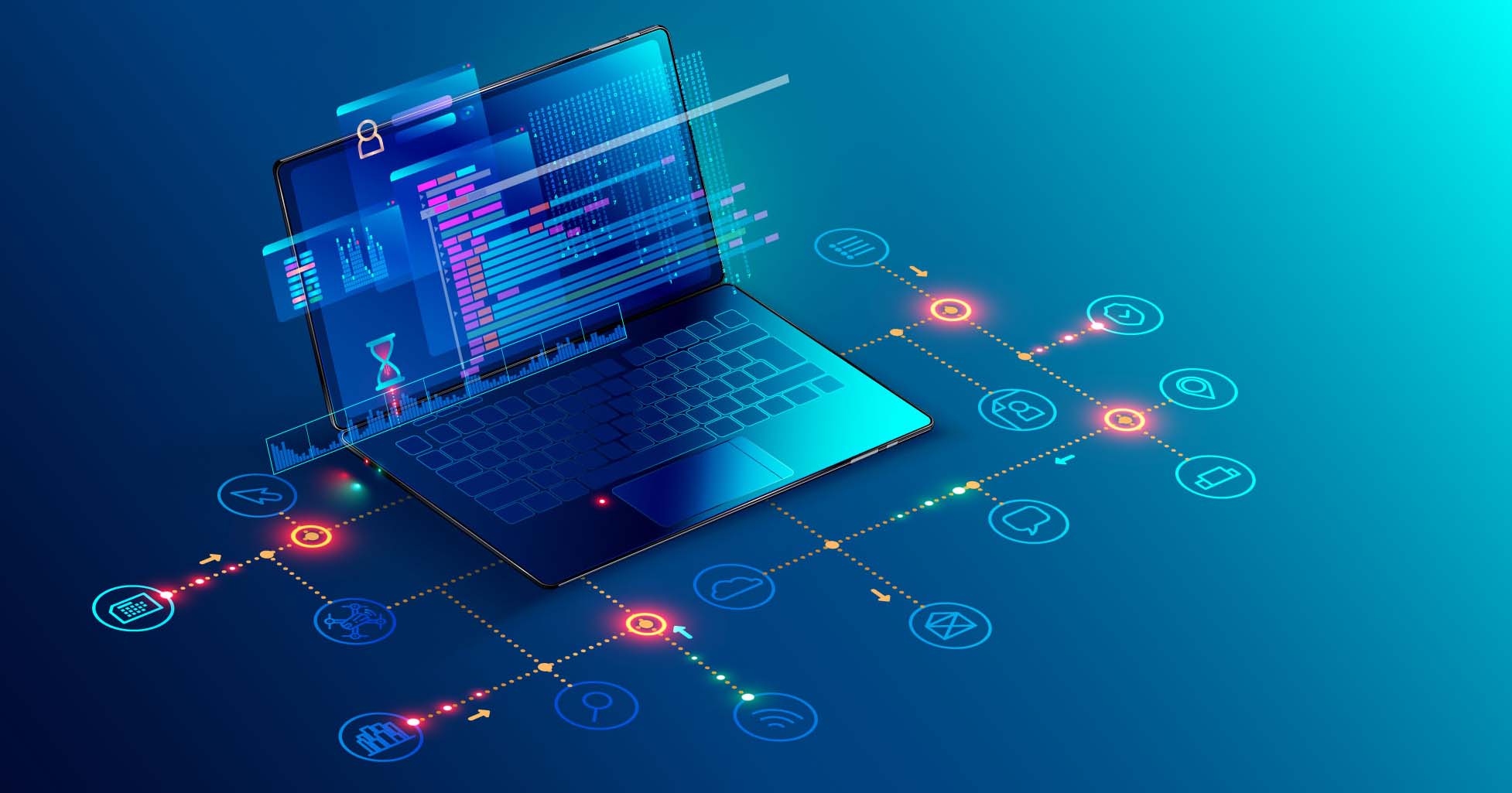Linux® platform maintenance is important work. But it's also complex and expensive work. It’s time consuming, and requires advanced technical knowledge and skills. Yet despite being resource intensive, it adds no value to a product that a customer would pay for. It’s not work that makes the product faster or more intuitive, or more aware of its environment. All it does is keep the product viable. Given this, you might expect device manufacturers to ruthlessly adopt the most efficient and cheapest possible way of keeping their operating software platform maintained. Most of them don’t.
If you are an engineer in a company that manufactures a family of connected embedded devices, you probably either have colleagues in a team which spends most or all its time updating, maintaining and securing legacy implementations of Linux and other foundational software. Or you are in the team yourself.
Without this vital work, customers who are using versions of your products that are 5, 10 or 15 years old would find themselves at risk of cyber-attacks, or in possession of obsolete or malfunctioning products. Either way, your company’s reputation could be in tatters.
And part of the reason is that the cost of platform maintenance does not hurt the teams that create the cost. Lifetime software maintenance is like a stealth tax that product lines levy on a device manufacturer’s profits.
The False Comfort of Standard Financial Accounting Practice
It is standard business practice to count the cost of goods when calculating the budget of a new product design, but not to count the cost of continuing maintenance of the product’s Linux-based software platform. Many times, the cost of continuing maintenance becomes a component of the ever growing R&D expense that companies carry, and with that comes a limited long term view of how a connected product will slowly burn through a company’s profits. On the contrary, product line managers will eagerly commit to a redesign that replaces their product’s $10 SoC with a different manufacturer’s SoC costing $9. But where on the P&L account did an accurate cost of porting the company’s Linux software stack to the new SoC appear? In most cases, the cost gets absorbed into a central software engineering expense line. In other words, the cost of the port is a stealth tax. Likewise the cost of maintaining that product’s version of the Linux platform for the next 5 or 10 years? Again, the cost is absorbed centrally, so, very understandably, the product line manager has no interest in controlling the cost of software maintenance over the lifetime of an embedded device. And just because this stealth tax is hidden, it can’t be assumed that it is small. Multiple full-time equivalent software engineers do not come cheap. At best, the stealth tax is modelled into the new product’s ROI calculations, but is routinely under-estimated as the connected product needs ongoing and unplanned software maintenance for years or decades to come.
Incentives to Take a Fresh Look at Software Maintenance Costs
Today, device manufacturers are individually toiling away at the maintenance and updating of their Linux platforms, each one developing its own proprietary version of the software and tools stack this effort requires. How much more efficient could it be if they all stopped developing their own system, and used an optimized Linux-based platform, ready-made and continuously maintained for life?
This is what happened in the mobile phone market in the early years of this century. Originally, each of the leading mobile phone manufacturers such as Nokia® developed their own proprietary operating software stack. Maintenance of the stack, and porting it to each new generation of baseband chipset, occupied much of the engineering department’s resources and management focus. Then the Android™ operating environment came along — a ready-made, continuously maintained platform for all phone manufacturers. Relieved of the cost and effort involved in maintaining a proprietary platform, phone manufacturers were free to innovate in ways that customers cared about: touchscreens, apps, mobile payments, intuitive wireless connectivity and more only came about after the Android platform provided a dramatically cheaper and easier way to meet a phone’s lifetime platform software requirements.
The same platform effect could be set to play out in the connected embedded devices market. Like the Android environment, FoundriesFactory® and the Linux microPlatform (LMP) is a comprehensive Linux-based platform of integrated software and tools. Continuously updated and secure for life, FoundriesFactory frees connected device manufacturers’ engineers from the toil of maintenance, so that they have space to innovate. And it’s all available via a subscription model for the cost of one mid-level engineer’s annual salary in a lower cost region of the world.
Why would an OEM not adopt such a solution? Today, there is little incentive for product lines to do so, because they are free to levy their maintenance stealth tax on their companies. But what if the real cost of lifetime maintenance and security were accounted for as part of the profit margin for the product line? Our guess is that it would not take long for product line managers to start demanding a better, easier and cheaper way to do platform maintenance. And in FoundriesFactory, that new way already exists.
FoundriesFactory brings the ability to ensure your full range of products is secure for the entire lifecycle, all from one platform. You can try FoundriesFactory for free for 30 days.
Linux® is the registered trademark of Linus Torvalds in the U.S. and other countries.
Nokia is a registered trademark of Nokia Corporation.
The "Android" name is the property of Google LLC.
